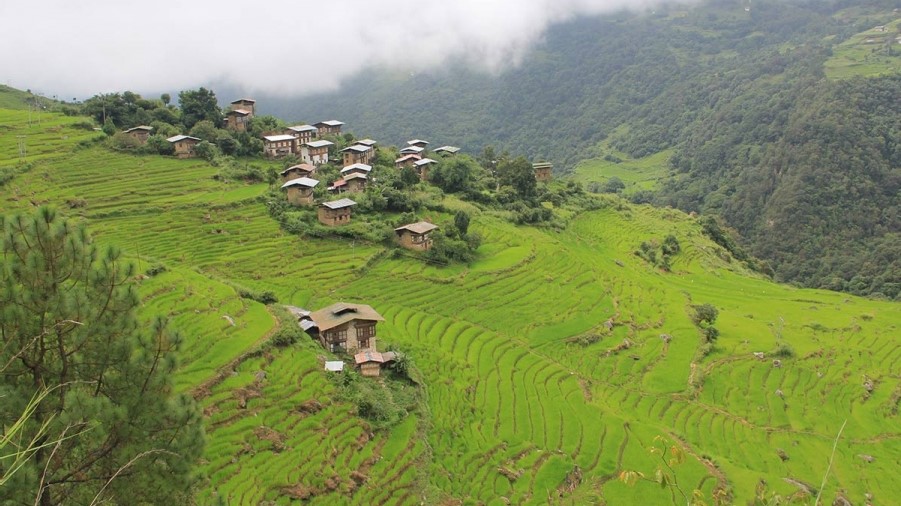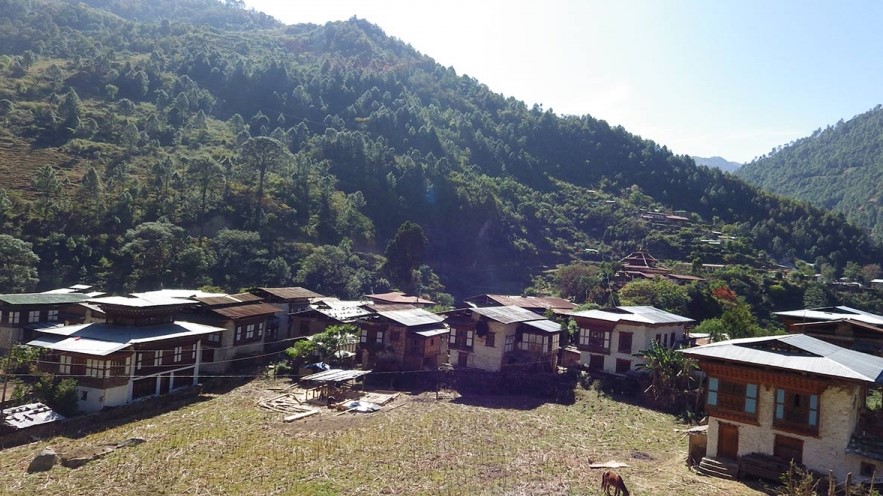Sherubtse College, located in Kanglung in the district of Trashigang in east Bhutan, is one of the oldest and largest colleges in the Royal University of Bhutan. The college was established as a Public School in 1968 and became a Junior College in 1976. It became a constituent college of the Royal University of Bhutan in 2003. Spread over a sprawling lush green campus with an authentic rural flavour, Sherubtse College is only 10 minutes drive from the Yongphula airport.
Sherubtse College is a multidisciplinary institution and offers a wide range of undergraduate programmes in the arts, humanities, social science, physical and biological sciences. It has ten subject departments — Computer Science and Mathematics, English, Geography and Planning, Botany, Dzongkha, Environmental Studies, Economics, History, Chemistry, Physics, Zoology and Political Science. The college will soon introduce Master’s programmes English studies, Economics and Mathematics. The programmes are taught by qualified and committed local and international faculty.
Sherubtse College has an active research culture. It continually promotes research and innovation through the college annual college research fund administered in three categories — College Research Grant, School Research Grant, and Director’s Research Grant. To support research and generation of knowledge in areas of population studies and climate change, the college has two research centres — Centre for Population and Development Studies and Centre for Climate Change and Spatial Information. The college publishes an academic journal called Sherub Doenme.
Sherubtse College offers a unique learning opportunity for local as well as international students. It has excellent boarding facilities, guest rooms, IT labs, cafeteria, modern lecture theatre, student support service, convenience shops, and a rich network of community relationships.



